
A blog of the Wilson Center
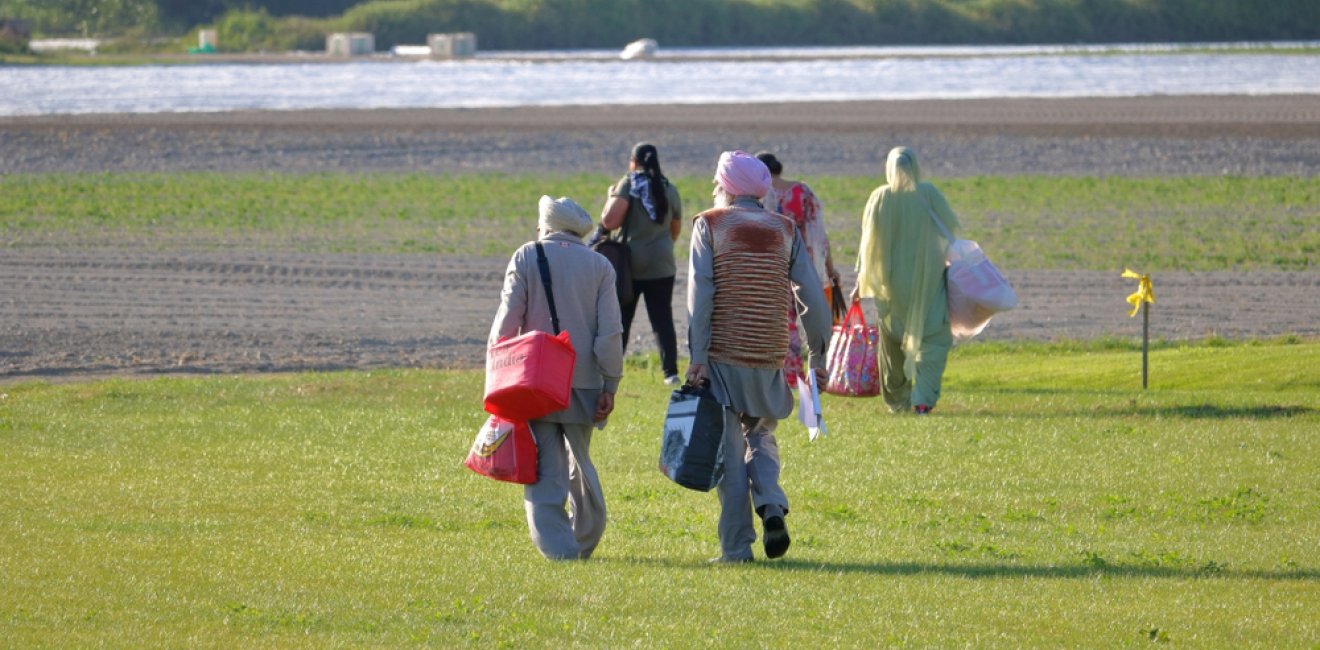
As a percentage of overall population, there are more Sikhs in Canada than in India.
Tensions between Canada and India came to a head recently when Prime Minister Trudeau alleged that the Indian government was involved to some degree in the murder of a Sikh activist in Canada. Hardeep Singh Nijjar, an outspoken supporter of the formation of Khalistan, an independent Sikh homeland in India, was gunned down outside of a Sikh cultural center in British Columbia.
If nothing else, for most Americans who think of their northern neighbors only during hockey season or when a Chinese balloon drifts overhead, the crime and controversy were a reminder that Canada has an ethnic makeup very distinct from the rest of the Americas.
Sikh migration to Canada largely began in the early 1900s, as many Indian Sikhs immigrated to Canada to find work as laborers. A second wave of immigration occurred in 1947 after the cessation of British colonial rule in India, which led to Partition and the split of colonial India into an independent India and Pakistan. Partition further isolated many Indian Sikhs and spurred their migration from Punjab, India’s only majority-Sikh state, to Canada. While in terms of raw numbers, India has more self-identified Sikhs than any country in the world, on a percentage basis, 2% of the Canadian population identifies as Sikh compared to 1.7% of India’s population, and .02% in the United States.
In some ways, the Sikh community also holds more political power in Canada than in India. More Sikh politicians were elected to Canada’s House of Commons in the 2019 general election than those elected to India’s parliament the same year. Further, Jagmeet Singh—the head of the New Democratic Party in Canada—is Sikh, and Prime Minister Justin Trudeau named four Sikh members to his cabinet in 2015, compared to only two Sikh members in Indian Prime Minister Narendra Modi’s cabinet at the time.
Vocal support by some Sikhs in India for a separate homeland has led to growing animosity between the community and the Modi government. In India, the Khalistan separatist movement has been labelled as a terrorist campaign and outlawed. Prime Minister Modi’s Bharatiya Janata Party has struggled to garner significant support from Indian Sikhs; in the 2019 election, the party only received 9.6% of the vote from Punjab.
While responsibility for Nijjar’s murder has yet to be firmly established, Canadian Sikhs organized small protests outside India’s diplomatic institutions in Canada to protest Modi’s policies, and the Trudeau government has expelled a top Indian diplomat. India, in turn, has released a new travel advisory that warns Indian visitors to Canada to "exercise utmost caution" in the country. At the recent G20 Summit in India, Prime Ministers Trudeau and Modi didn’t hold any formal discussions, but the two held an “informal talk” during which Trudeau supposedly “raised the importance of respecting the rule of law, democratic principles, and national sovereignty” to Modi.
Prime Minister Trudeau has made boosting migration to Canada a top economic priority. India, of course, is an important source of skilled labor. Both Ottawa and New Delhi will be keeping all that in mind as the investigation continues—and the politics as well.
This blog was researched and drafted with the assistance of Carlotta Murrin.
Author
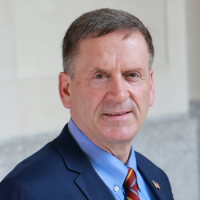
Explore More in Stubborn Things
Browse Stubborn Things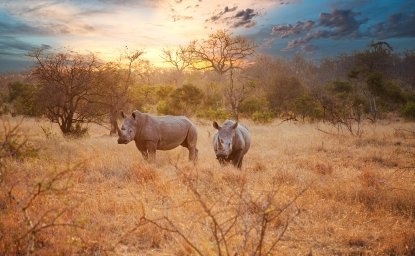
Spying on Poachers
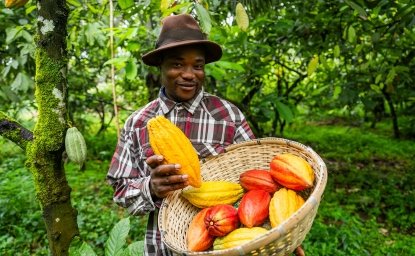
China and the Chocolate Factory
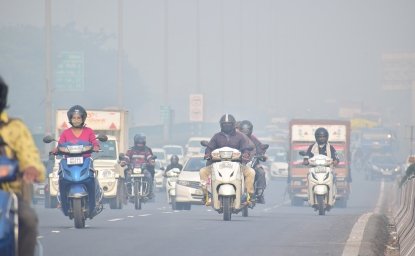
India: Economic Growth, Environmental Realities
